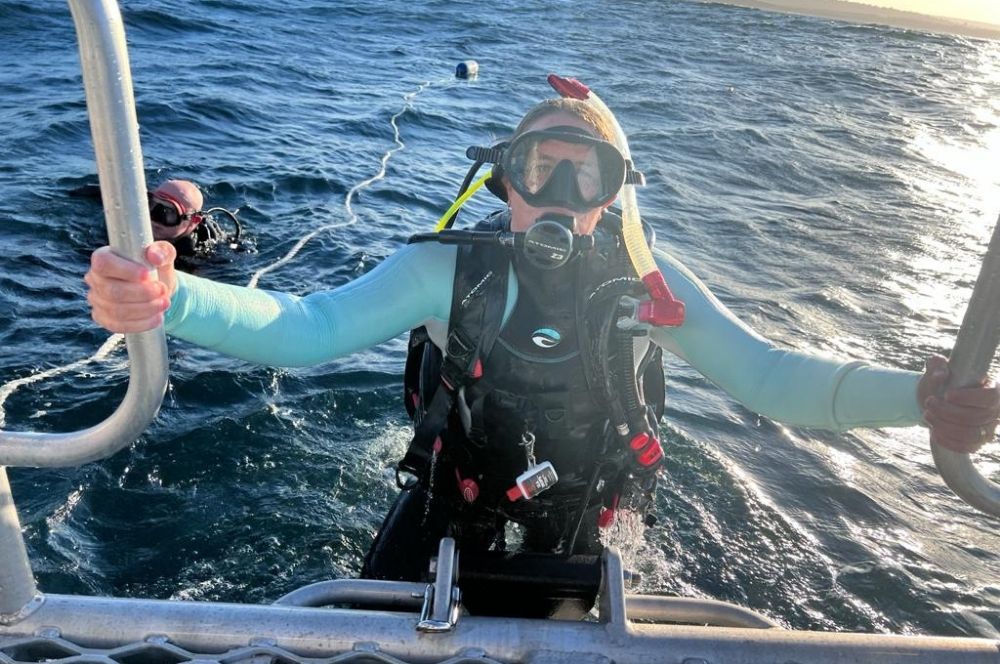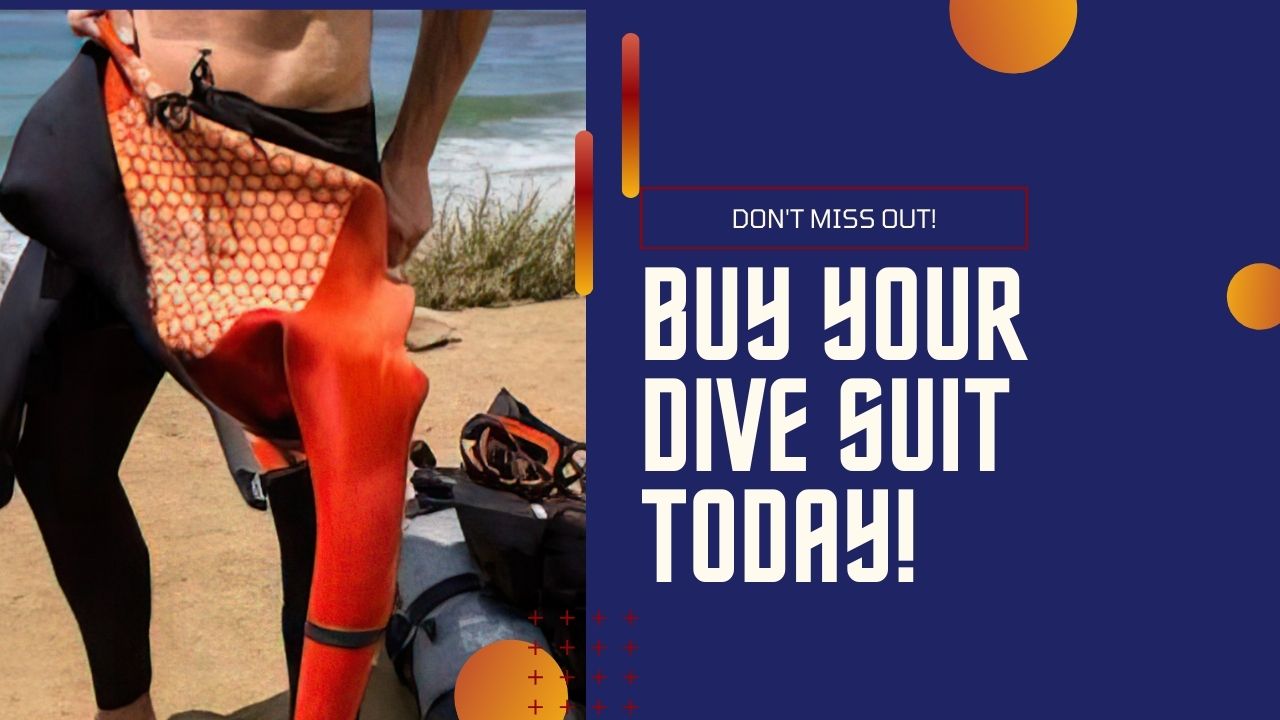You have 0 product(s) in your cart.
Abyss Scuba Diving
Can I Use My Scuba Diving Wetsuit For Freediving?

The simple answer, Yes.
However, it’s important to understand the differences between the two.
Unlike a SCUBA diver, a Freediver really doesn’t have any way to adjust their buoyancy. Even without a wetsuit or weights, a freediver will become negatively buoyant at depth. The compression of both diver and suit is significant past around 20m. When wearing a traditional SCUBA diving wetsuit there is significant compression on the suit, further impacting the divers' negative buoyancy. Put simply, they sink faster!
This swing in buoyancy represents a significant challenge to a freediver. If we wear to little lead, then the energy required to offset our positive buoyancy at the surface diminishes our ability to reach our full potential. On the flip side of this, if we wear to much lead will have to work very hard to offset our additional negative buoyancy making our ascent (often the most challenging part of the dive) even harder. The deeper a freediver dives, the less lead they realistically need. Being correctly weighted for a dive is the very first thing your PADI Freediving Instructor will go through with you during your course.
A SCUBA diver, however, can approach their buoyancy with a far more relaxed attitude. If you overweight yourself on a dive, then adjust your buoyancy is as simple as a few extra squirts of air into your BCD.
In order to minimise suit compression on a Freediver, we often try to wear the least amount of neoprene as possible. We want the thinnest and most efficient suit for our dives.
So, what makes a wetsuit “efficient”? Firstly, a hood. Wearing a hood provides the Freediver with the most efficient thermal protection. It dramatically diminishes heat loss from the head without packing additional neoprene onto the diver. There’s also no water leak through the neck of the jacket, making the Freediver much more comfortable on the descent. Elimination of a zipper and addition of the attached hood provides a tremendous reduction in potential for water to enter the suit.
Another important element is the manufacturing process and handling of the neoprene. To understand the differences, we first need to look at how wetsuits are made. When neoprene is manufactured it is produced in large thick sheets. These sheets are then cut into thinner segments creating the desired thickness of your wetsuit e.g. 1.5mm to 7mm. If neoprene is lined on its interior surface with fabric such as nylon, polyester or modern ‘quick-dry’ materials it becomes a closed cell wetsuit whereas if it is not lined it becomes an open cell wetsuit.
Neoprene itself consists of millions of tiny air bubbles and when cut these air bubbles are exposed (open) creating tiny suction cups within the material. When worn against the skin the open cell neoprene sticks creating a watertight seal to keep a diver much warmer. Comparatively a closed cell (internally lined) wetsuit does not have this ability to stick to the skin. Water then moves freely between the skin and the wetsuit, utilising the body’s temperature to heat the water.
As I said at the beginning of this article, yes you can use your SCUBA wetsuit but you will be much better served by a dedicated Freediving Open Cell Wetsuit. This is something worth discussing with your PADI Freediving Instructor.
As Freediver’s we spend extended, relaxed periods in the water, particularly in preparation for our dives, conducting breath-ups or monitoring our buddy’s safety. Open cell technology helps to keep us warm, as it sits flush with our bodies. Also, open cell suits aid and assist with our streamlining and creating a hydrodynamic profile in the water. Here at Abyss, we prefer open cell technology for our Freediving and closed cell suits for our scuba divers.
Recent Posts






